Will Nasa's Quesst project be the next Concorde?
Lockheed Martin charged with initial designs to create plane capable of breaking the sound barrier - quietly
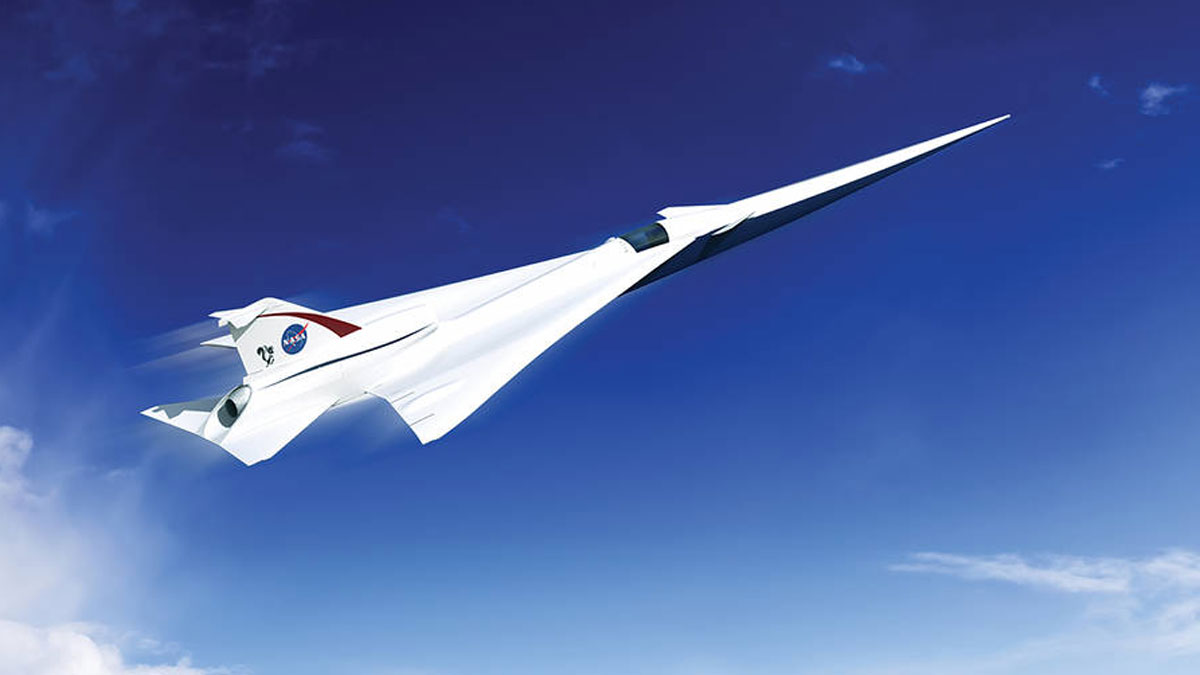
Nasa has commissioned initial designs for a supersonic passenger jet to fill the gap left by the retired Anglo-French Concorde.
The US space agency is paying US tech company Lockheed Martin Aeronautics $20m (£14.3m) over the next 17 months to come up with a preliminary concept for a "quiet supersonic transport" plane, dubbed "Quesst".
Announcing the project, Charles Bolden, the head of Nasa, said: "It's been almost 70 years since Chuck Yeager broke the sound barrier in the Bell X-1 as part of our predecessor agency's high speed research.
The Week
Escape your echo chamber. Get the facts behind the news, plus analysis from multiple perspectives.

Sign up for The Week's Free Newsletters
From our morning news briefing to a weekly Good News Newsletter, get the best of The Week delivered directly to your inbox.
From our morning news briefing to a weekly Good News Newsletter, get the best of The Week delivered directly to your inbox.
"Now we're continuing that supersonic X-plane legacy with this preliminary design award for a quieter supersonic jet with an aim toward passenger flight."
Nasa has specified the jet must avoid the disruptive boom associated with breaking the sound barrier. Instead, Quesst will generate a soft "heartbeat" as it goes supersonic and travels faster than the speed of sound, says The Guardian.
When Concorde arrived on the scene in the late 1960s, British newspapers fretted their readers' greenhouses would be smashed by its boom. Nasa said that determining "acceptable sound levels" for the jet will be part of the process.
Quesst is the first in a series of X-plane projects dreamt up as part of the space agency's New Aviation Horizons initiative. If the funding can be found, a scaled-down version of the plane could be built for testing as soon as 2020.
A free daily email with the biggest news stories of the day – and the best features from TheWeek.com
-
 A foodie guide to Edinburgh
A foodie guide to EdinburghThe Week Recommends Go all-out with a Michelin-starred meal or grab a casual bite in the Scottish capital
-
 Political cartoons for December 24
Political cartoons for December 24Cartoons Wednesday's political cartoons include Christmas in Greenland, grinchflation, and California floods
-
 Is there a Christmas truce in the Starmer farmer ding-dong?
Is there a Christmas truce in the Starmer farmer ding-dong?Today’s Big Question There’s an ‘early present’ for farmers but tensions between Labour and rural communities remain
-
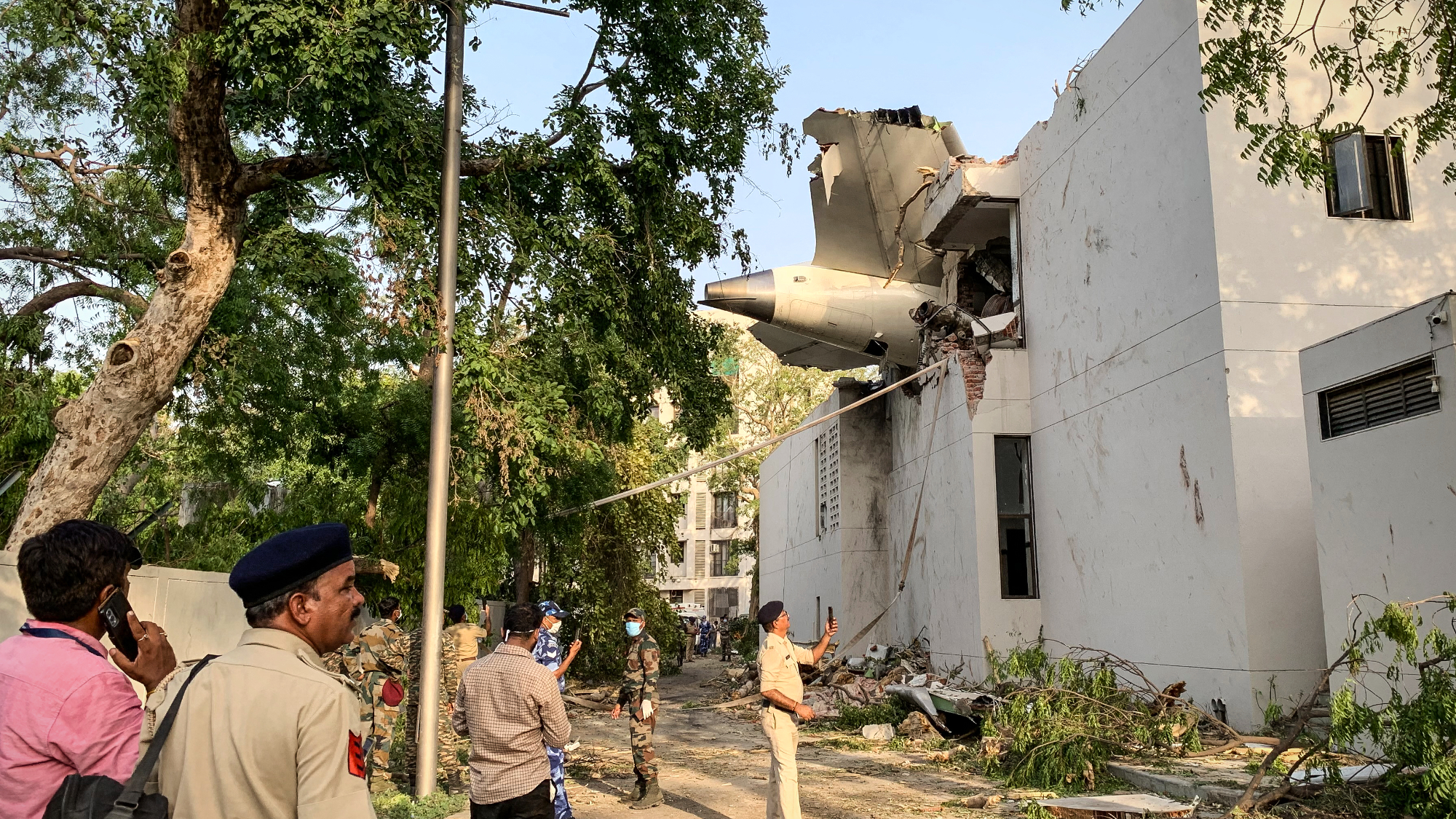 Hundreds die in Air India crash with 1 survivor
Hundreds die in Air India crash with 1 survivorSpeed Read The London-bound Air India Boeing 787 Dreamliner crashed soon after takeoff
-
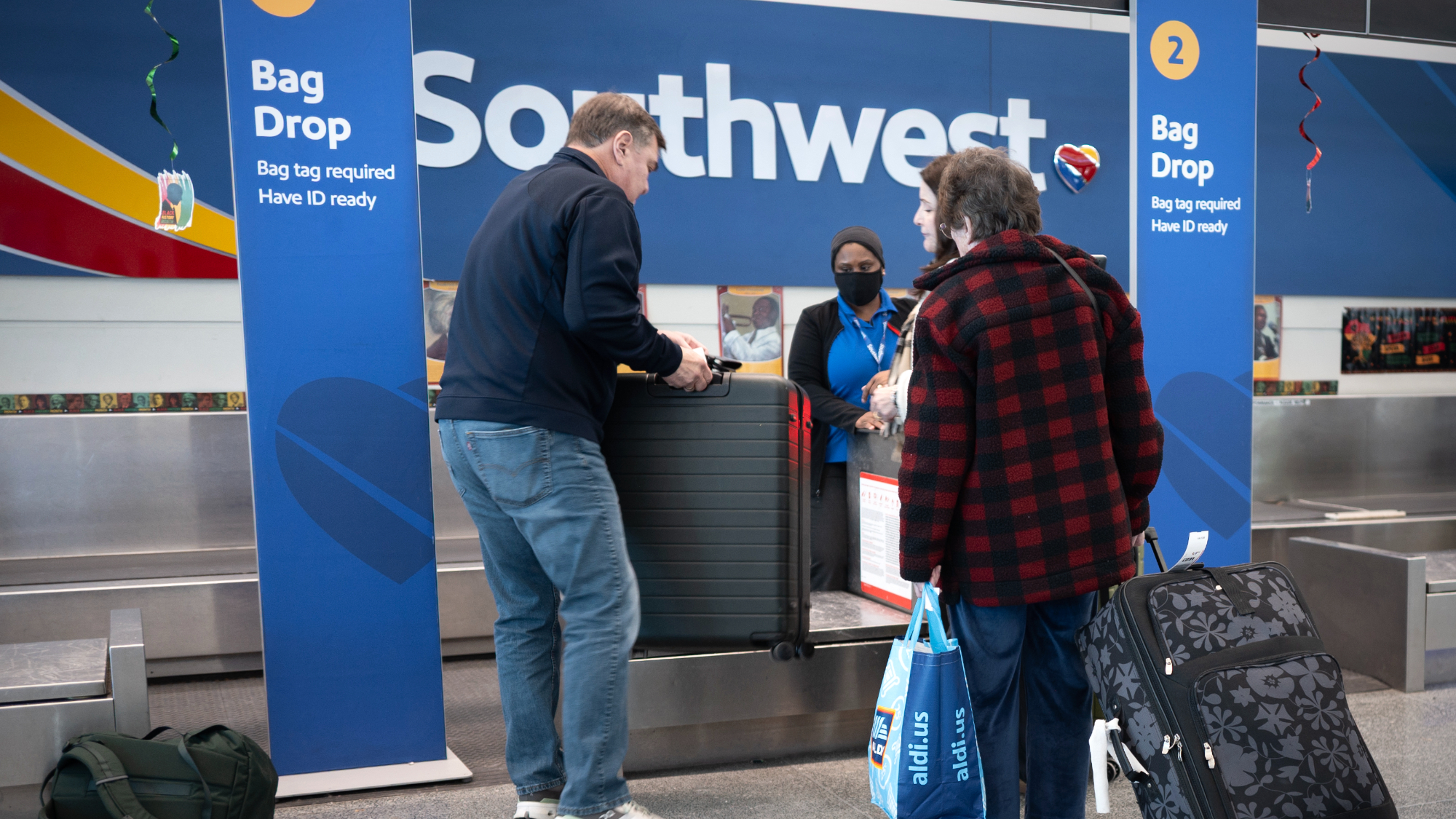 Southwest joins rival airlines on paid baggage
Southwest joins rival airlines on paid baggageSpeed Read The company is ending its longtime free-luggage policy
-
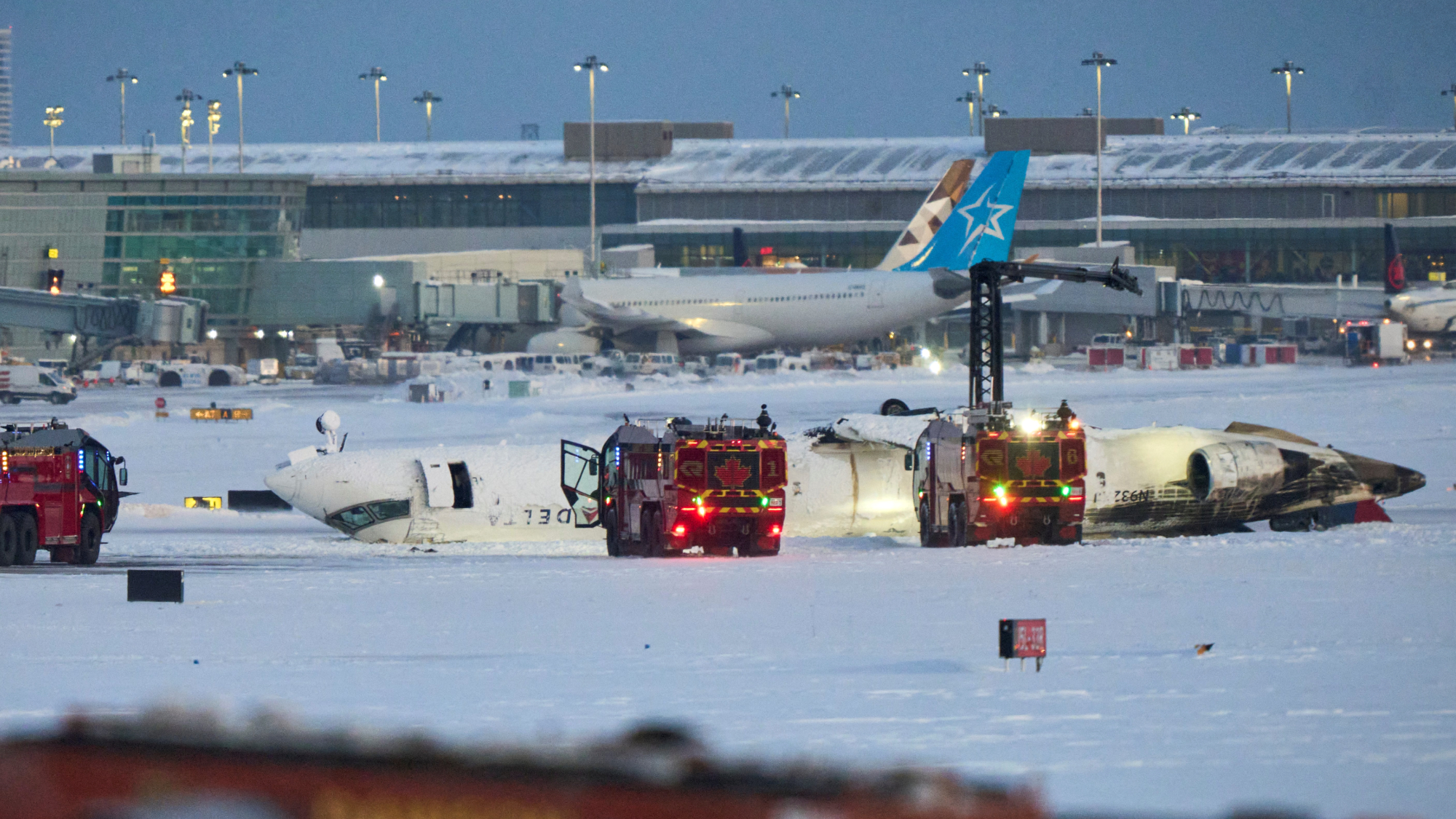 Delta flight lands upside-down in Toronto, no deaths
Delta flight lands upside-down in Toronto, no deathsspeed read At least 18 people were injured in a flight that landed at Toronto's Pearson International Airport
-
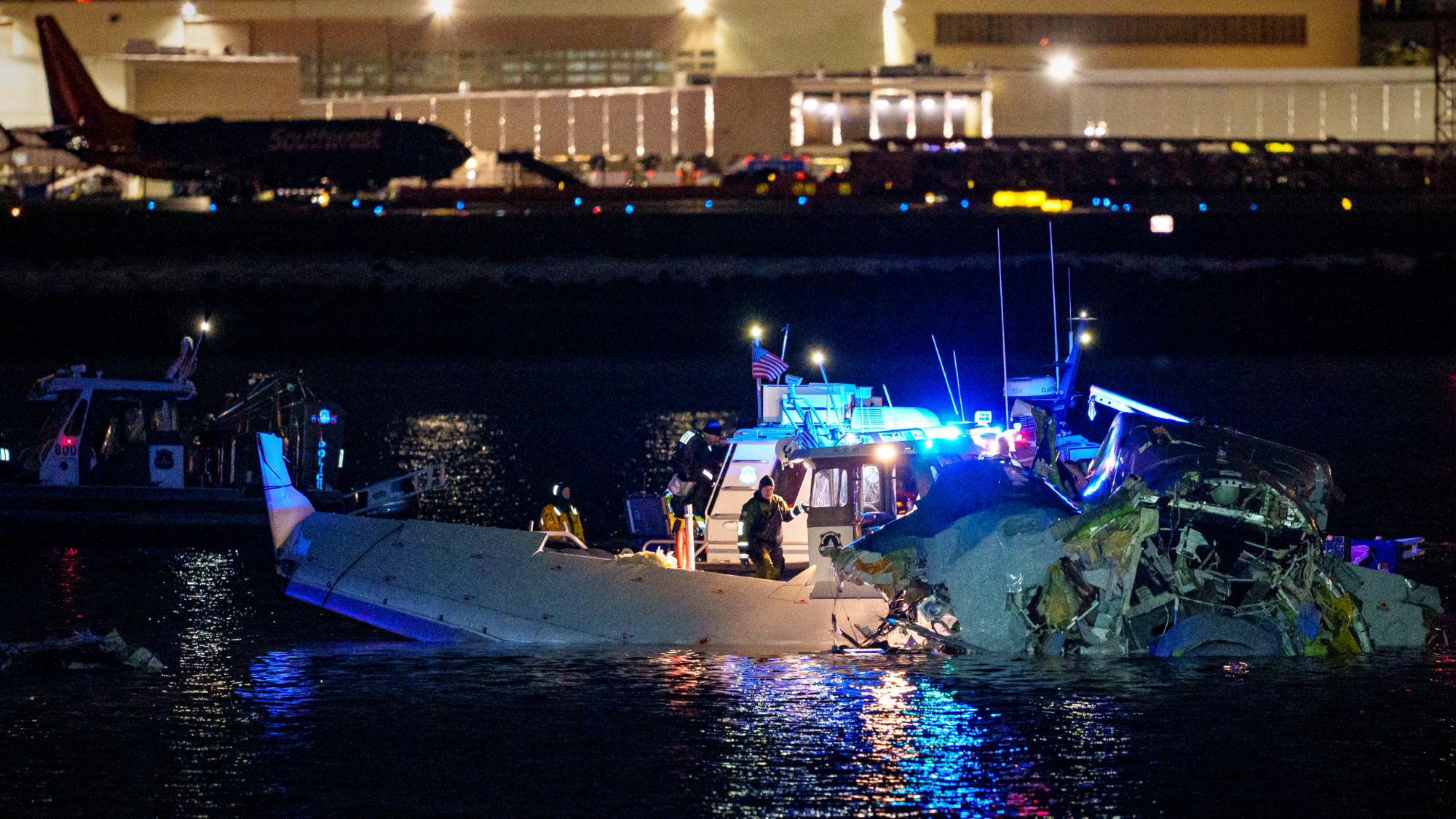 Passenger jet, Blackhawk helicopter collide in DC
Passenger jet, Blackhawk helicopter collide in DCSpeed Read An American Airlines flight with 64 people aboard collided with an Army helicopter, and no survivors have been found
-
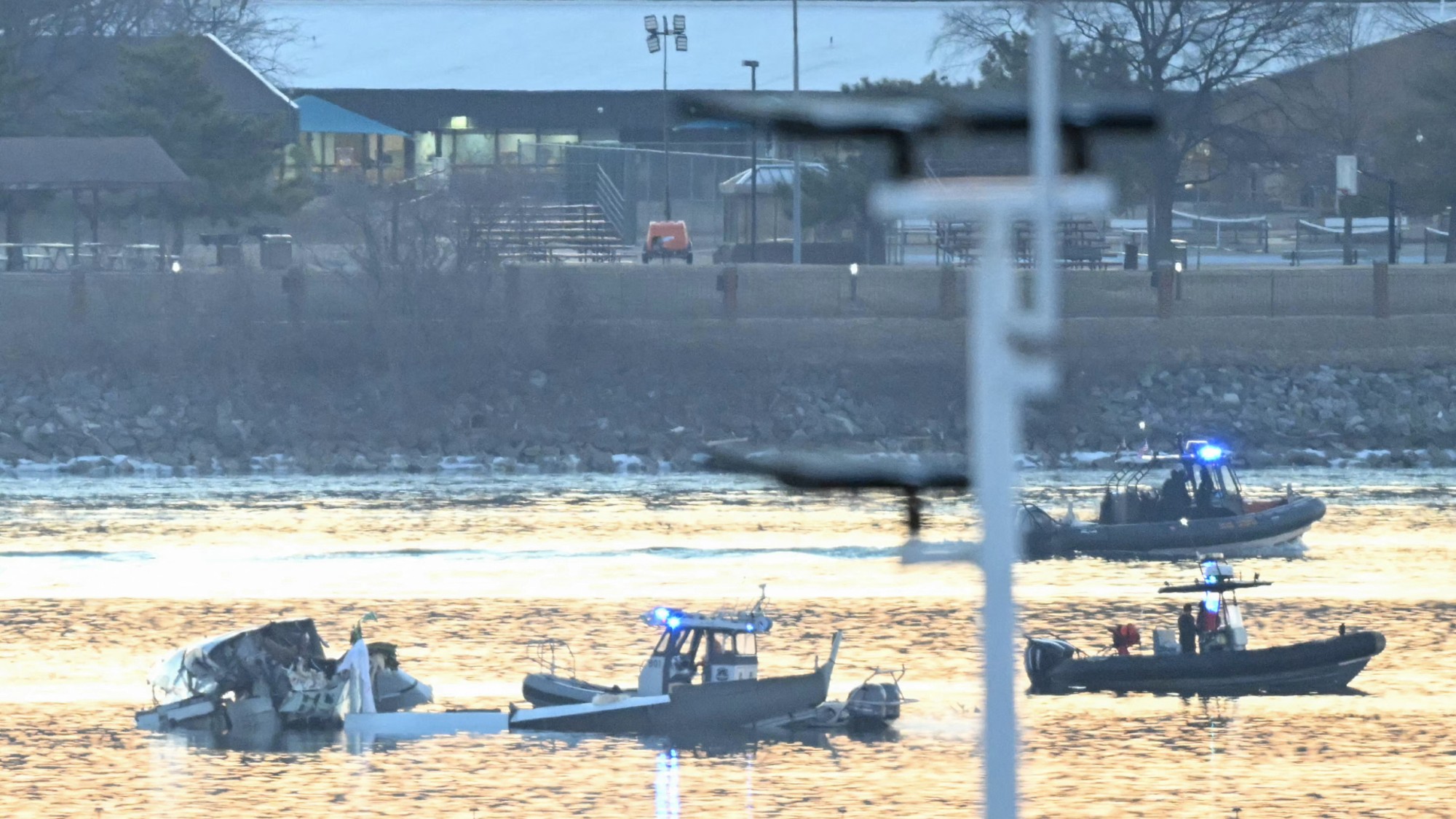 Washington DC plane crash: how did mid-air collision happen?
Washington DC plane crash: how did mid-air collision happen?Today's Big Question Experts struggle to explain how sophisticated airspace control system failed to prevent deadly disaster
-
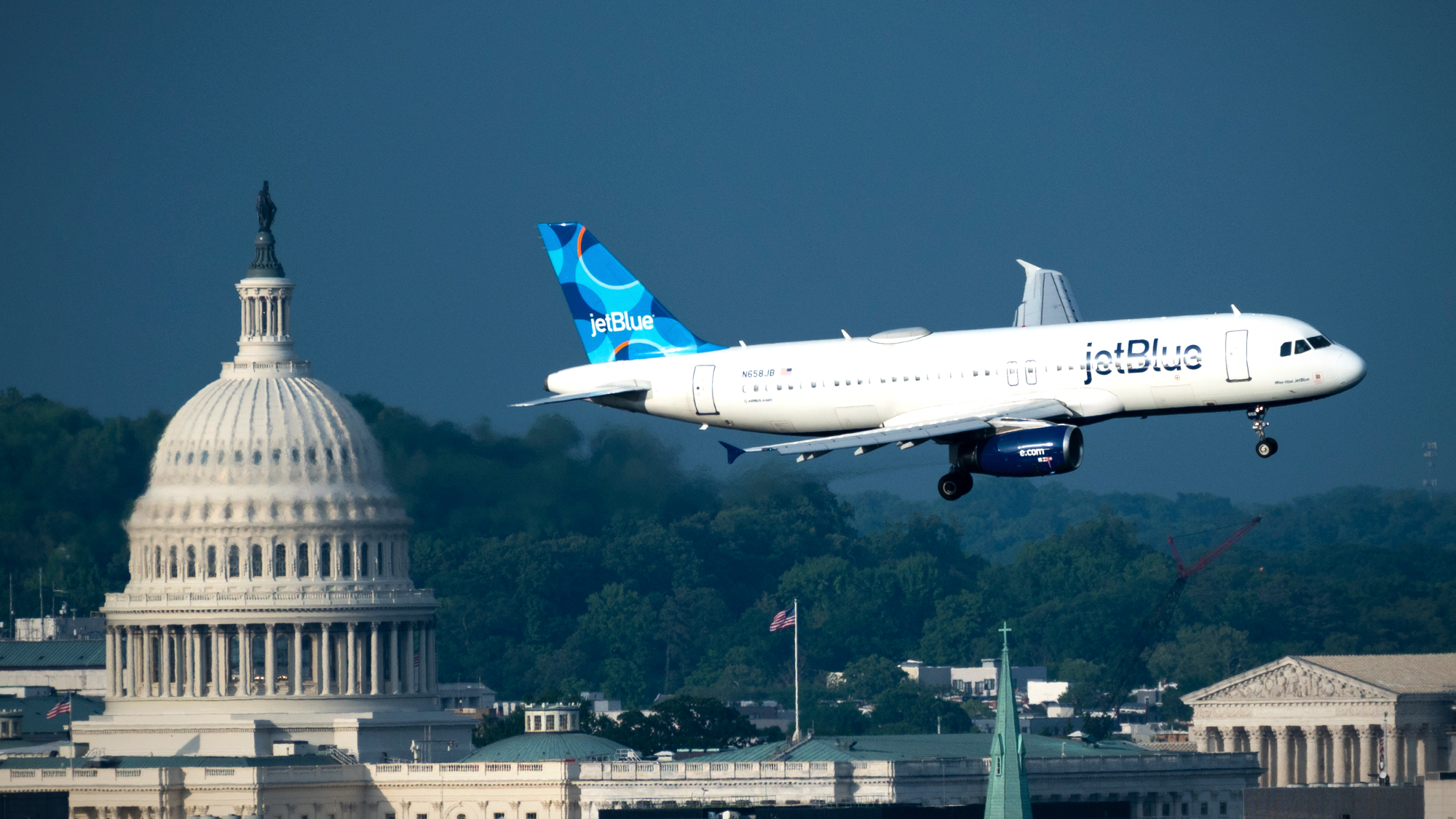 Senate passes FAA bill with new consumer protections
Senate passes FAA bill with new consumer protectionsSpeed Read The legislation will require airlines to refund customers for flight delays
-
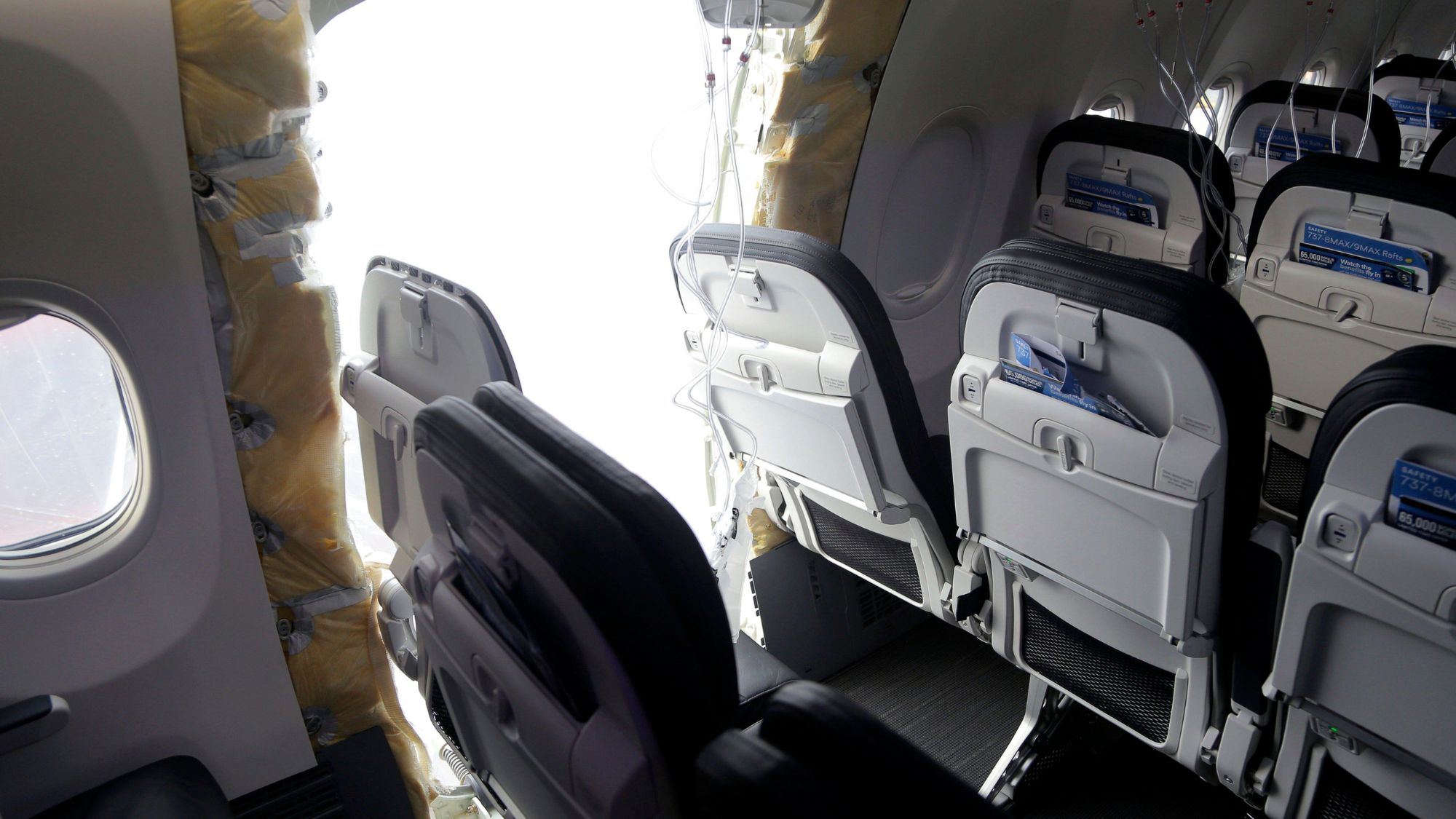 Boeing facing more questions after mid-air panel blowout
Boeing facing more questions after mid-air panel blowoutSpeed Read US authorities ground latest Max 737 jets after 'catastrophic' crashes involving older models
-
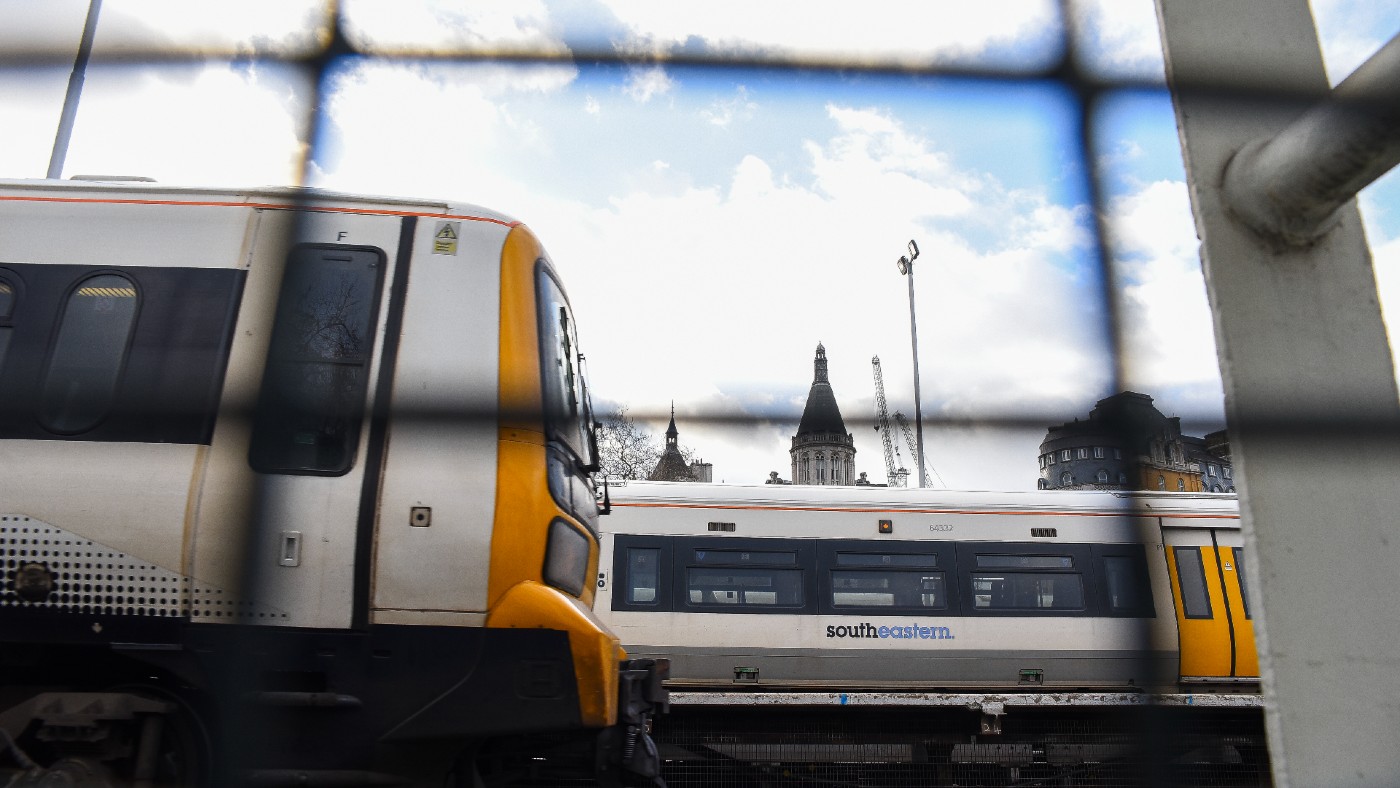 Rail strikes: is Britain on track for a ‘summer of discontent’?
Rail strikes: is Britain on track for a ‘summer of discontent’?Speed Read The ‘biggest rail strike in modern history’ is planned for next week